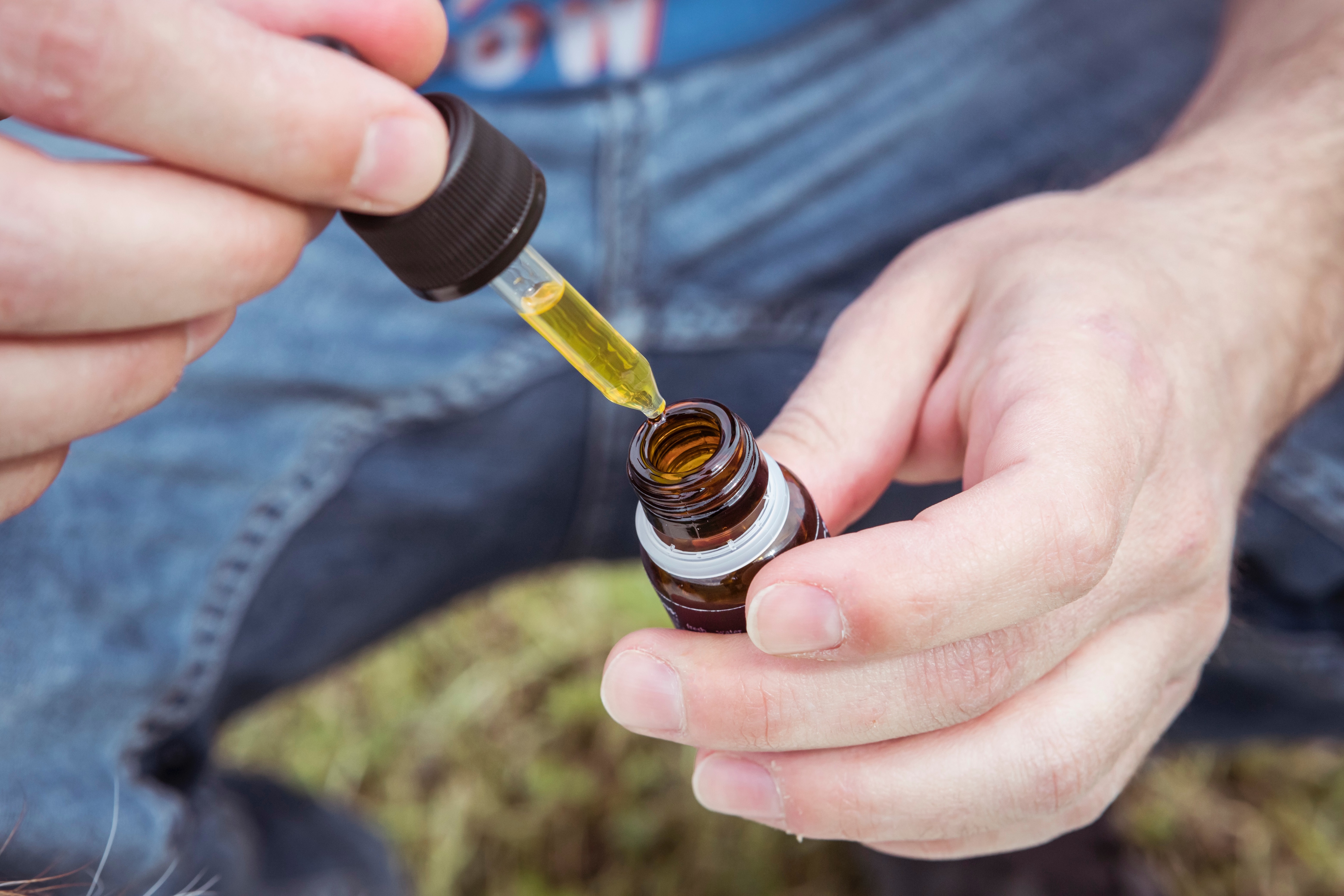
When it comes to dosing CBD, there can be a lot of trial and error. While science plays a huge part, so does your own weight, age, genetics, and health. So it can be a challenge finding the perfect dose.
Unfortunately, there are no set or formal guidelines when it comes to dosing CBD. For the most part, reputable CBD products will always have dosing recommendations and instructions on the label. But even then, it can be a bit confusing to determine just how much, or how little, CBD you should consume.
Thanks to studies, and of course trial and error, reputable formulators have come up with general dosing recommendations. In this article, we’ll explore just how much CBD you should take and other forms of CBD that are easier to dose. But first let’s talk about the safety of CBD…
Is CBD safe to consume?
CBD, also known as Cannabidiol, is studied for its amazing potential therapeutics such as:
- Reducing inflammation
- Relieving pain
- Calming anxiety
- Alleviating stress
- Minimizing seizures
- Improving sleep
- Repairing digestion
- Stimulating cellular health
- Etc.
But there’s a lot of concern regarding the safety of CBD. Could this magical elixir be too good to be true?
Well, the good news is that according to multiple studies, CBD is relatively safe and well tolerated among its users. That’s even true for incredibly high doses of CBD for chronic conditions, such as 1,500 mg a day.
But not everyone responds to CBD the same, so some side effects of CBD have been reported, like:
- Nausea
- Fatigue
- Irritability
Thankfully, it’s unlikely that most people will feel these side effects. In the event they are felt, they usually fade quickly. However, the biggest concern is how CBD may interact with other prescription drugs.
Because CBD uses the same liver enzymes as other pharmaceuticals, medical professionals warn that CBD could negatively affect the effectiveness of prescription medications. It could even increase the adverse effects of other medications. For example, CBD could increase blood levels, especially in consumers who take blood thinners.
While this may sound a bit alarming, it’s important to know that doctors advise against consuming grapefruit juice due to the same reasons. This doesn’t mean CBD is bad; it just means that if you are currently on any prescription drugs, you should consult with your doctor if you're considering trying CBD. Doctors will be able to monitor blood levels, run tests, and even recommend other medications that might not be affected by CBD.
Additionally, women who are pregnant or breastfeeding should also approach CBD with caution, or even avoid it altogether. This is because not enough research has been done regarding CBD and pregnant women. For all other users who aren’t on precipitation drugs, CBD is relatively safe.
How much CBD should I take?
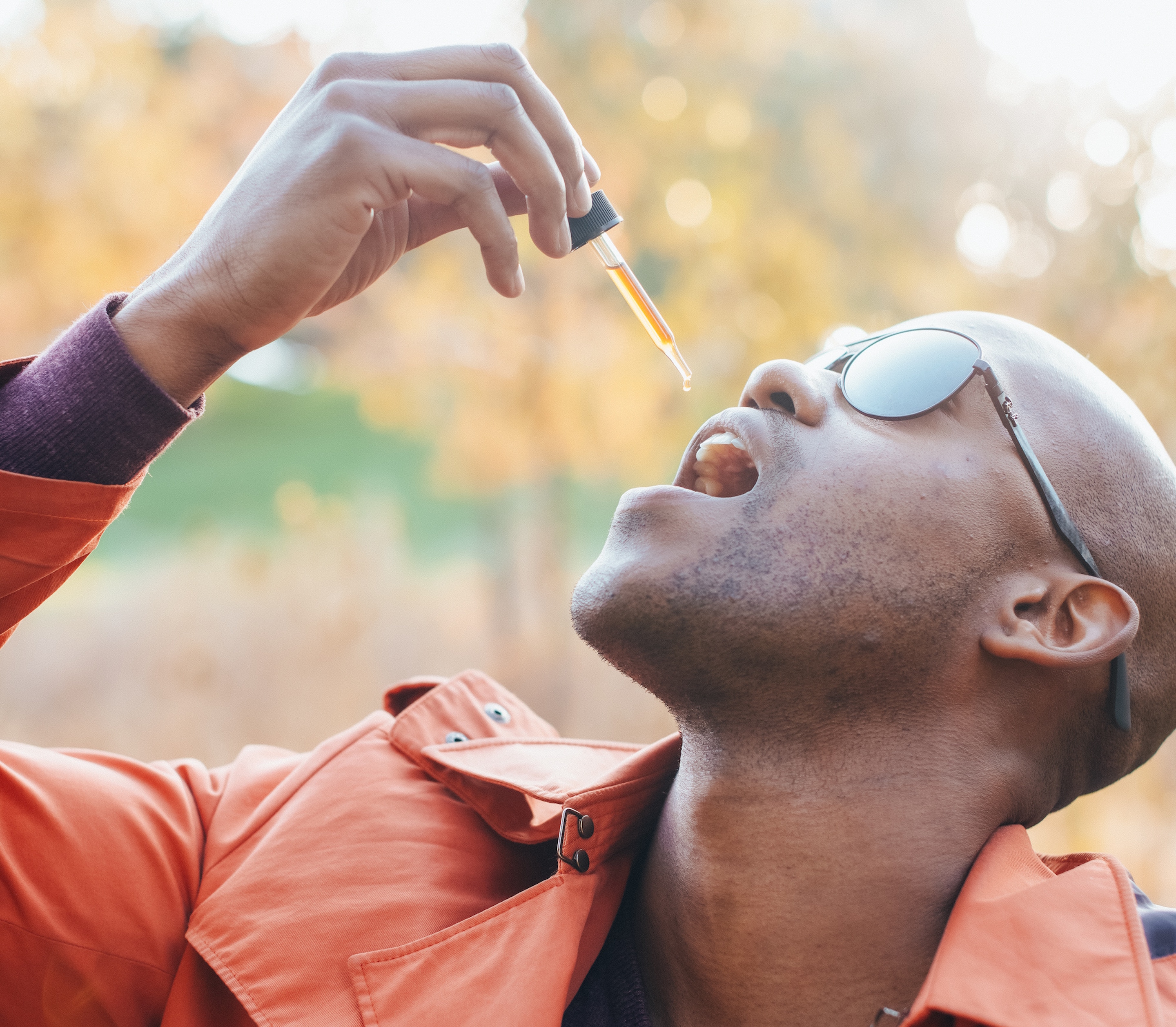
A general rule of thumb for any CBD beginner is to start at a low dose and increase slowly until you reach the desired effects. This is because for CBD beginners, consuming too much CBD without knowing how your body will react to it may cause you to experience some uncomfortable adverse effects. Don’t worry, these side effects will fade, but the key is to ease into CBD.
As we mentioned earlier, there are a lot of factors that come into play when it comes to dosing CBD. These factors include:
- Weight
- Age
- Genetics
- Physical health
- Psychological health
- Any current health conditions
That said, dosing CBD can still be hit or miss regardless of whether you're cautiously acknowledging these factors or not.
If you do a quick google search, you’ll find that the standard recommendations regarding CBD dosage are determined by body weight: 1 mg to 6 mg of CBD for every 10 pounds of body weight. Another way to determine how much CBD you should take is by following a CBD dosage chart.
CBD dosage chart
There are many CBD dosing charts out there on the internet today. Some base their recommendations on body weight, while others base their recommendations on the severity of their health conditions. The best CBD dosage charts include the range of health conditions and body weight.
|
Health Condition Range
|
31-60 Ibs
|
61-100 Ibs
|
100-175 lbs
|
175-250 Ibs+
|
|
Mild level 1
|
2mg-4mg
|
4mg-6mg
|
6mg-8mg
|
8mg-10mg+
|
|
Mild level 2
|
4mg-8mg
|
6mg-12mg
|
8mg-18mg
|
12mg-20mg+
|
|
Medium level 3
|
8mg-12mg
|
12mg-18mg
|
18mg-24mg
|
22mg-30mg+
|
|
Medium level 4
|
12mg-18mg
|
18mg-24mg
|
24mg-32mg
|
32mg-40mg+
|
|
Severe level 5
|
18mg-30mg
|
24mg-40mg
|
32mg-60mg
|
42mg-60mg+
|
The importance of CBD dosing and potency
When it comes to dosing CBD, it helps to know why you’re consuming CBD oil in the first place. If you're just addressing general health, then a lower potency and smaller dosage is all you need. But if you're searching the dosage of CBD for anxiety, then you’re going to need a stronger potency and higher dose.
Here’s an easy way to look at potency and CBD dosage:
- Sleep and insomnia issues –– medium to high potency of CBD and small to high dosage
- Chronic Inflammation –– medium to high potency of CBD and small to high dosage
- Digestive problems –– low to high potency of CBD and small to high dosage
- Epilepsy and seizures –– high potency of CBD and medium to high dosage
- Chronic pain –– low to high potency of CBD and small to high dosage
- Depression and stress disorders –– low to high potency of CBD and small to high dosage
When you know what you want to address or even treat, it can make determining your CBD dosage so much easier.
With that said, reputable CBD companies will always include the amount of CBD that’s contained in each bottle. For example, in a 1 ounce bottle there might be anywhere from 300mg to 1000mg of CBD. This number only refers to the total amount of CBD and does not include the terpenes, other cannabinoids, and other ingredients in the bottle.
Additionally, highly accredited CBD companies will, for the most part, include how much CBD is in each milliliter. But in the event that they don’t simply take the total amount (milligrams) of CBD and divide it by the size of the bottle (1 ounce = 30 ML). For example: a 300mg CBD bottle divided by 30ML = 10mg per mL.
This comes in handy if the dropper has absolutely no measurements at all. However, most CBD oils and tinctures do come equipped with an easy to dose dropper or syringe. Other products like CBD creams, CBD infused drinks, CBD gummies, CBD oil gel caps and CBD capsules are dosed much differently. The potency of these products also vary.
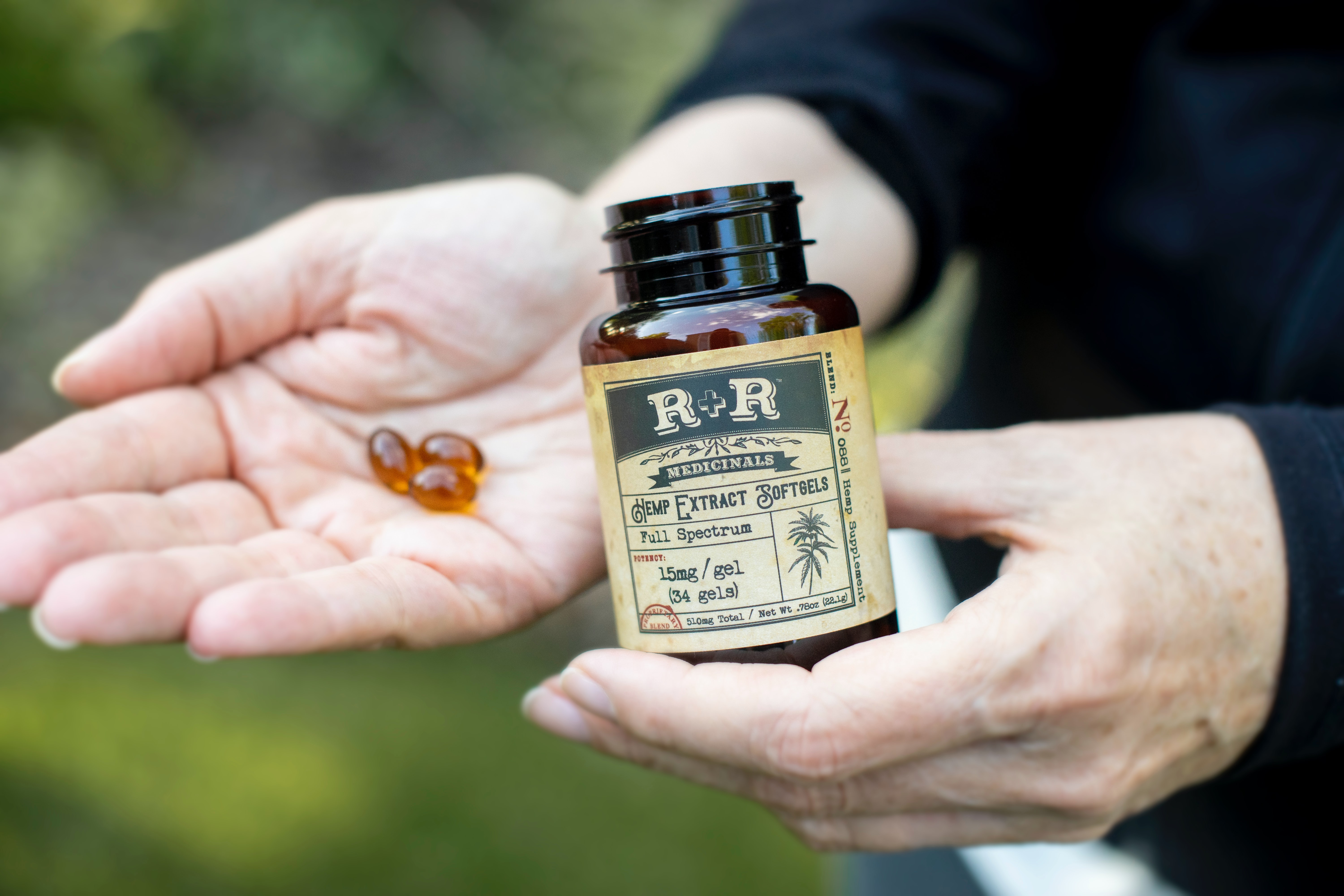
For the most part, CBD gel caps, gummies, and capsules are already pre-dosed, so there’s no guesswork needed. This makes these products so popular, especially if you stay busy. Plus it’s a little easier to carry around a bottle of CBD capsules or gummies than it is to carry a bottle of oil and try to dose it while you’re out and about.
CBD creams and topicals are a bit different. Generally speaking, most CBD topicals can be applied 3 times a day or as needed depending on the severity of your conditions. Still, it’s important to note that CBD creams aren’t necessarily going to help relieve anxiety like CBD oil or even CBD capsules. CBD creams are used primarily to address pain and inflammation in the joints and muscles. They can also help relieve migraines and improve sleep.
This leads to our next question...
How long does it take to feel the effects of CBD?
As we touched on in the previous section, there are several ways to consume CBD:
- Inhalation (hemp-derived CBD joints and vapes)
- Topical (CBD creams, lotions, balms, salves, etc.)
- Sublingual (CBD oils, tinctures, and sprays)
- Orally (CBD gummies, capsules, gel caps, etc.)
- Snacks (CBD infused drinks, CBD chocolates, and other edibles)
Inhalation is perhaps the fastest way to feel the effects of CBD. This is because when you smoke or vaporize CBD, it enters directly into your bloodstream through the blood vessels of your lungs. On the contrary, any form of inhalation could potentially cause damage to the lungs, no matter what the substance is.
Topical CBD creams and lotions are often applied to a localized area of the skin like the feet, hands, legs, etc. Because the skin has several layers, it can take more than an hour before you feel the effects. However, some people claim that the effects can be felt in as little as 30 minutes.
Sublingual CBD products like oils and tinctures are placed under the tongue and are often felt anywhere from 20 minutes to an hour, depending on what health condition you are addressing. Sublingual consumption is perhaps the most popular and most effective delivery system. This is because when CBD is held under the tongue, it enters into the bloodstream through the blood vessels found under the tongue before it’s swallowed.
Oral CBD products such as CBD gel caps, gummies, and capsules tend to take 30 minutes to over an hour to take effect. This is because oral CBD products must first enter the digestive tract and then filter through the liver. Unfortunately, a lot gets lost during the metabolism process, so you may find yourself reaching for another gummy if the desired effects aren’t felt after an hour or so. It also helps to take oral CBD products on an empty stomach to help speed up effectiveness time.
CBD snacks include other edibles and infused drinks. Again, these products must first be metabolized and filtered through the liver before you can feel their effects. But many users report feeling the effects within anywhere from 45 minutes to over 2 hours. Consuming CBD snacks on an empty stomach may also increase how soon you might feel the effects of CBD.
Finding you perfect dose of CBD
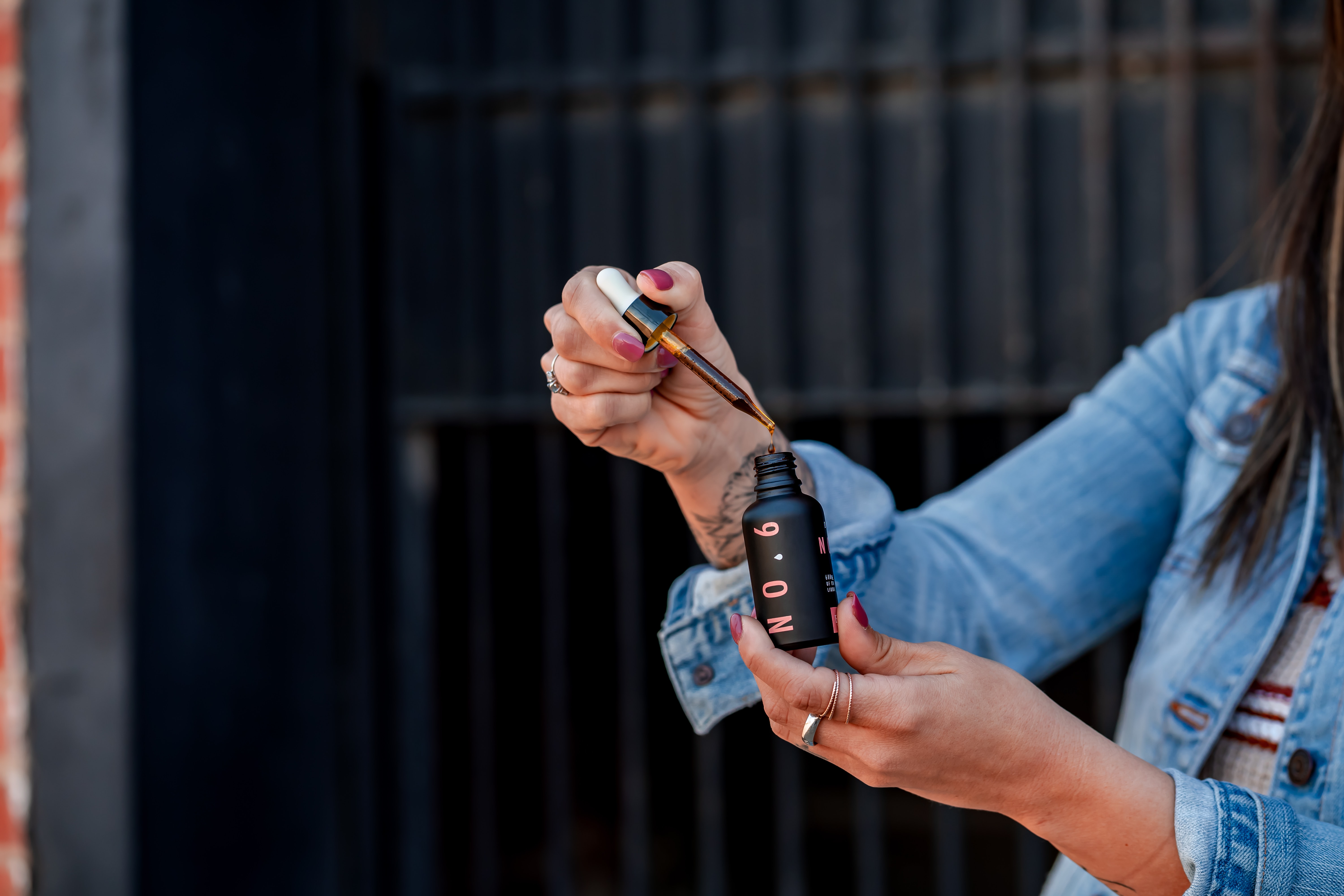
The truth is that everyone will respond to CBD differently. That’s the wonder of personal chemistry and genetics. And that’s why there are no set guidelines for CBD dosage, but only recommendations. If you find that CBD is just not working for you, then it’s back to the drawing board. The key to really dosing CBD like a pro is truthfully through trial and error. But don’t let that prevent you from continually trying CBD. And don’t be nervous to try other CBD products.
For some people, CBD oil and tinctures are the way to go. But for others, CBD creams and lotions are what help really address their health conditions. When you can determine why you want to consume CBD in the first place, then you can really begin to narrow down the right CBD dosage that best fits your needs.
Buying the best CBD products
Just remember that purchasing from reputable CBD companies is key. If you find that your CBD isn’t meeting your expectations—no matter how much or how little CBD you consume or apply to your skin—then you might need to look at the brand of your CBD product.
Unfortunately, some CBD companies are only looking to make a quick buck. In the worst cases, your health and wellbeing are the furthest from their minds. Reputable CBD companies, on the other hand, focus on the quality of their products and take the time to accurately label them as well. They do this by thoroughly testing their products and formulating them with high quality ingredients.
CBD dosing takeaway
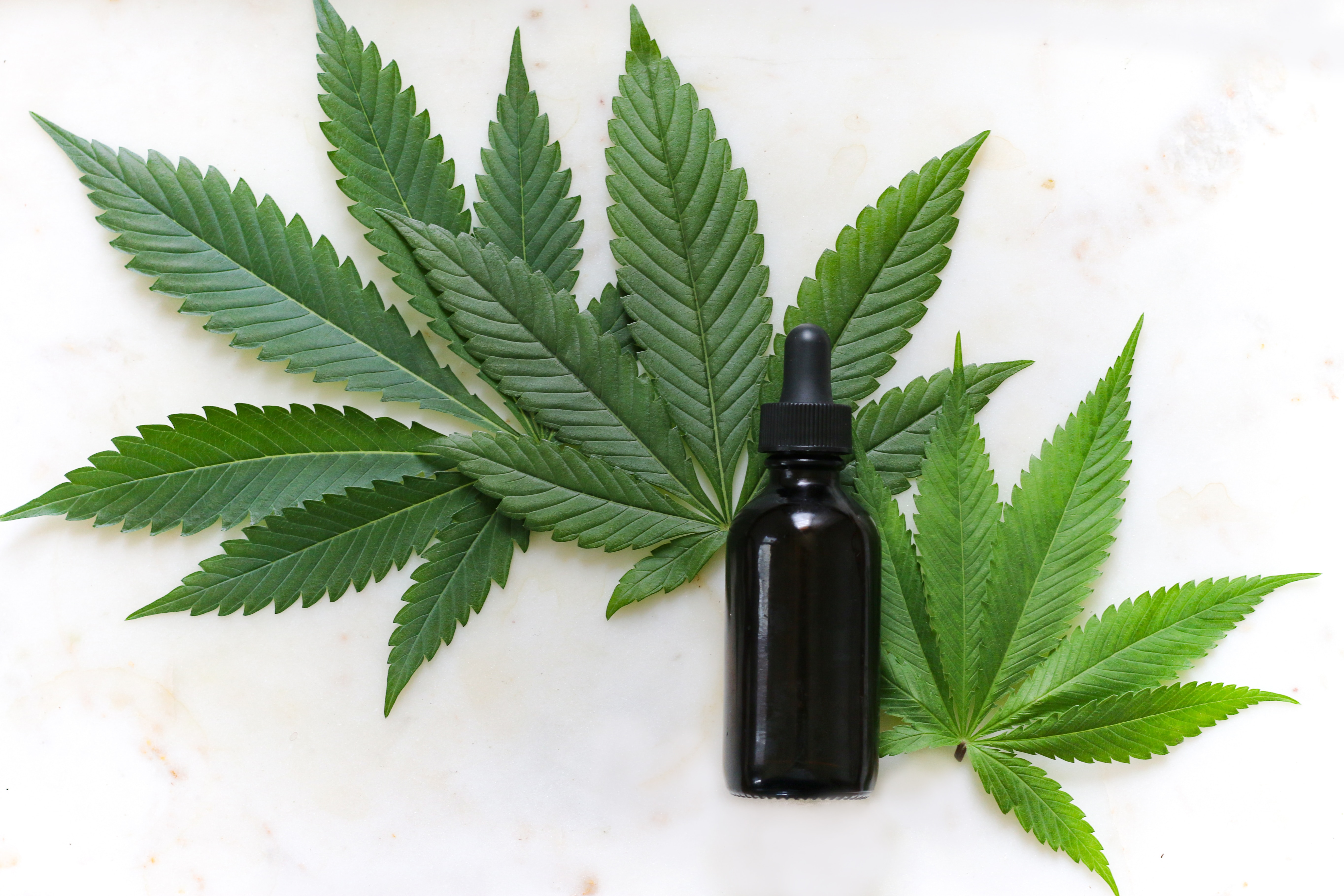
Bottom line: Consuming CBD is a journey. In all fairness, dosing CBD oil is more of an art rather than a science, although it does involve a little science here and there. For the most part, each high quality CBD product will come with its own CBD instructions and dosing recommendations. It helps to follow those guidelines, but don’t fret if you don’t notice any changes right off the bat.
It takes time and patience to really find that sweet spot with CBD. And if you’re new to CBD, then remember to always start at a low dosage and slowly work your way up. Don’t forget to consult with a doctor before adding CBD to your daily regimen, especially if you are taking any prescription medications.


